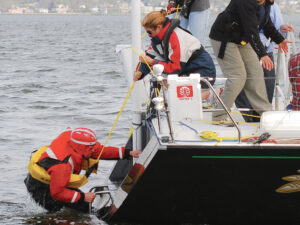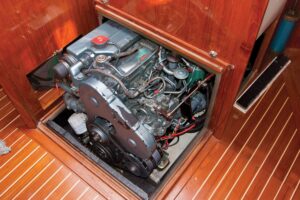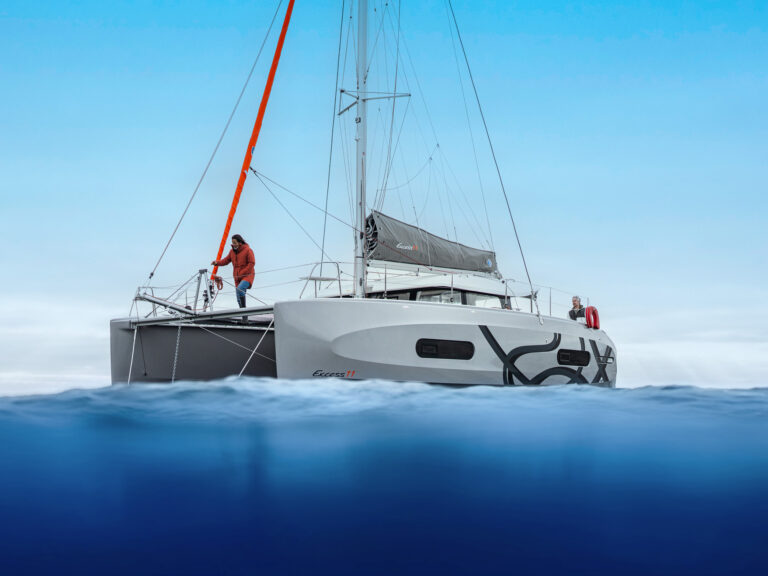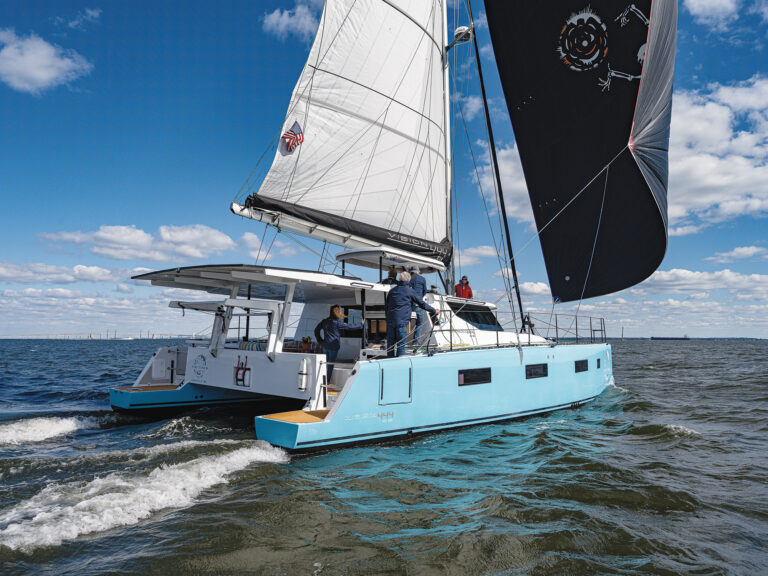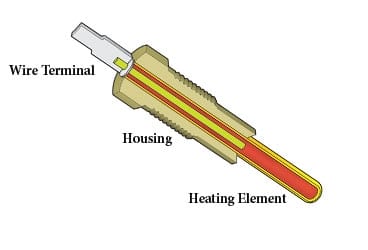
Glow plugs increase the air temperature in the cylinder making it easier to start up a diesel engine.
Many small diesels need a little extra help to achieve the ignition temperatures necessary for combustion to occur and the engine to start. Unlike gasoline-powered engines, which rely on electricity and a spark plug to initiate ignition, diesels create enough heat to ignite the fuel simply by compressing the air within the cylinder, a process explained by the laws of ideal gases of Boyle and Charles, which, if you were awake, you learned about in high-school physics.
The compression ignition or “diesel” process calls for fuel to be injected into the combustion chamber, the space that’s created between the top of the piston and the cylinder head, when the piston has traveled all the way to the top of its stroke. At this point, the air within this space is compressed at a ratio of approximately 20-to-1 and thereby heated to diesel fuel’s auto-ignition temperature, about 550 F. When the diesel fuel is injected, it ignites, the gases expand, and the piston is forced downward, turning the engine, transmission gears, prop shaft, and propeller-and you’re on your way.
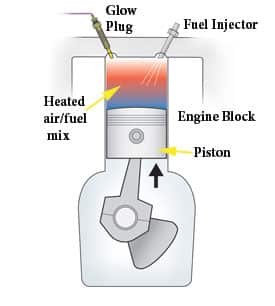
Joseph Comeau| |As the piston rises in a diesel engine, air in the cylinder is compressed and heated so that when fuel is injected, it auto-ignites. At start-up, when cold, the glow plug is used to increase the temperature of the air.|
The need for a cold-start device becomes especially evident when the ambient air temperature falls below about 65 F. When this happens, the metal surrounding the combustion chamber may absorb much of the heat that’s created by compression.
The most common type of cold-start device, the glow plug, is a rod about 3 inches long and having a diameter slightly less than that of a pencil. The last inch or so of the plug protrudes into the combustion chamber of each cylinder. When DC voltage is applied to this rod, it glows red-hot, prewarming the air inside. Each glow plug requires about 5 to 7 amps in order to operate, so a four-cylinder engine would call on the starting battery to deliver 20 to 30 amps for between 10 and 30 seconds, depending on the ambient temperature; cooler days may require somewhat longer periods of preheating.
Some engines rely on an air-intake heater, which is a powerful heating element, similar to those in a toaster or hair dryer, over which air passes as it enters the combustion chamber.
Both starting aids are relatively straightforward but occasionally need attention. Because of their high amperage draw, they operate using a solenoid, which may fail. Testing can be carried out using a 12-volt test light or a multimeter at the solenoid primary and secondary studs and at each glow-plug stud or the air-heater stud. Use the test light to determine if voltage is reaching the solenoid when the engine key is turned on. When using a multimeter, a resistance check of each individual plug should yield approximately 1.5 ohms when the meter is connected between the glow plug’s positive input and the plug’s casing, which is its ground. Alternatively, each glow plug can be removed and then energized using appropriately sized leads (enough to carry 5 to 10 amps); they should glow red-hot. Because either device can wear out, consider replacing them at about 1,000 to 1,500 engine hours.
Finally, many engines are wired so that the starter and glow plugs are energized simultaneously. If the battery’s weak, it may not be able to deliver cranking and preheating amperage at the same time. If the two processes can be undertaken independently-preheat first, then crank-a weak battery will often be able to deliver the necessary amperes. Rewiring the engine so this can occur is relatively simple, and it may mean you’ll get the beast to start after all.
Steve D’Antonio is a regular Cruising World contributor who offers services for vessel owners, boatbuilders, and others in the marine industry through Steve D’Antonio Marine Consulting (www.steved
marineconsulting.com).



